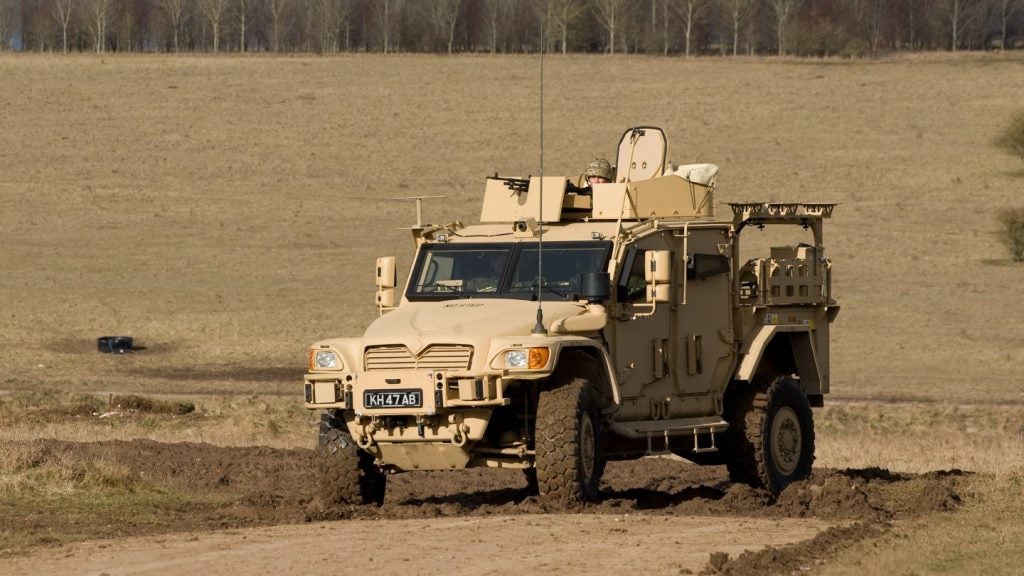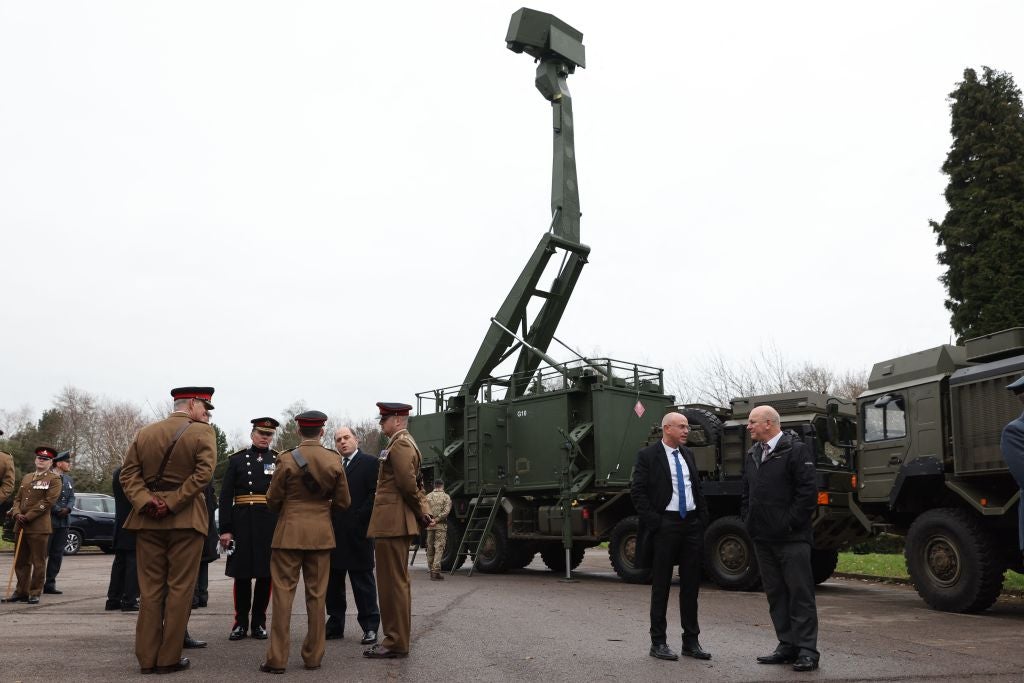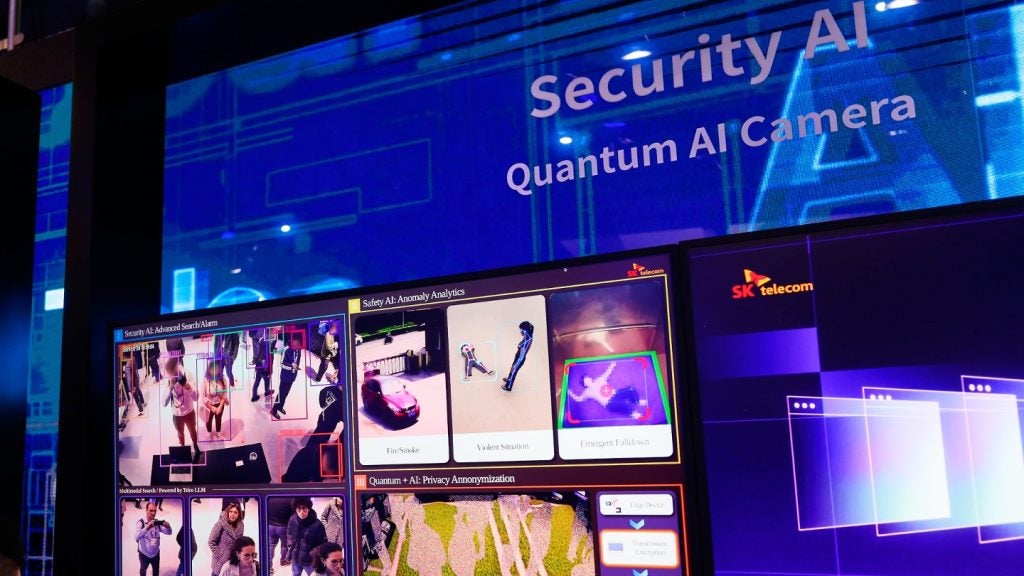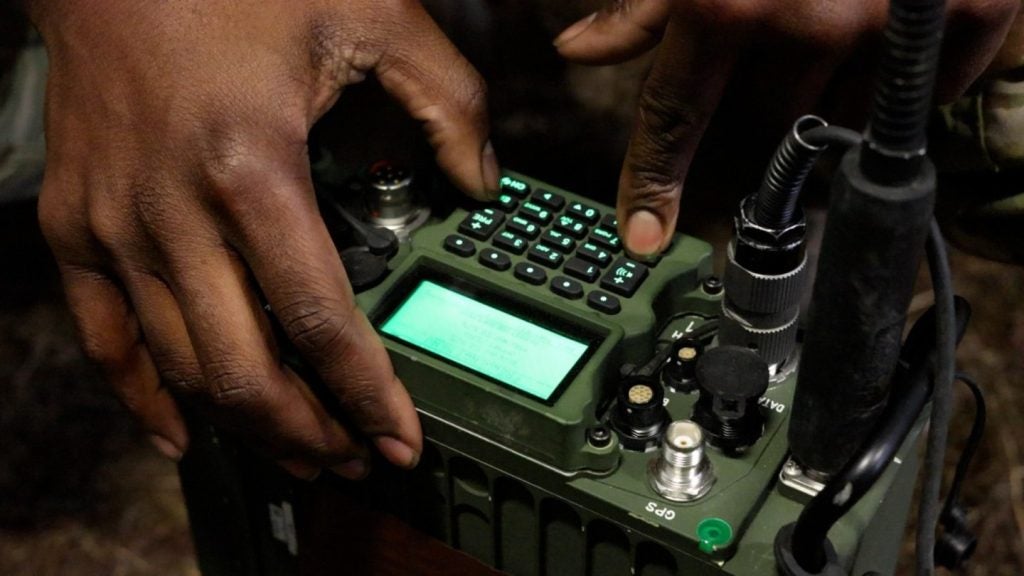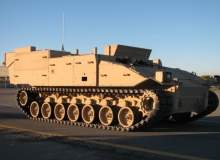

The military is on a never-ending quest to reduce its dependence on fossil fuels to reduce costs, boost fuel security and reduce the risks associated with producing and transporting it, not least through war zones. Success to date has been limited – according to a 2007 report by US think tank the Brooking Institution, the Department of Defense uses 4.6 billion gallons of fuel annually, or around 12.6 million gallons per day, more than the majority of the world’s countries.
While the DoD has enjoyed great success with alternative fuels derived from sustainable plant resources, they are only half the story. Under the bonnet of armoured vehicles, a quiet – in some cases literally – revolution has been taking place.
BAE Systems – Hybrid Electric Drive system
Last August, BAE Systems‘ Hybrid Electric Drive (HED) system successfully completed 2,000 miles of testing as part of the US Army’s Ground Combat Vehicle (GCV) programme. Hybrid Electric Drive vehicles combine an electric drive with a combustion engine for greater efficiency. According to BAE Systems, today’s 70-ton class vehicles use 14,700 gallons of fuel over a typical 180-day campaign, but a GCV of equivalent size fitted with an HED would use just 8,780.
These tests were carried out on the ‘HotBuck’ testbed, which uses key propulsion components including engines, generators, controllers, batteries and transmission. The HotBuck is connected to computer-controlled dynometers which can be used to provide loads against the transmission. These loads were representative of those experienced by actual vehicles on US Army mobility courses.
While the GCV programme was downgraded to a study project under defence spending cuts, BAE Systems has persisted with its research and attained some impressive goals. BAE Systems has since designed, assembled and integrated a Hybrid Electric Drive Automotive Test Rig (ATR), which was required as part of the GCV Technology Demonstration Extension. The ATR was completed in February 2014 and tested over 300 miles of operation before the GCV programme ended in June 2014.
How well do you really know your competitors?
Access the most comprehensive Company Profiles on the market, powered by GlobalData. Save hours of research. Gain competitive edge.

Thank you!
Your download email will arrive shortly
Not ready to buy yet? Download a free sample
We are confident about the unique quality of our Company Profiles. However, we want you to make the most beneficial decision for your business, so we offer a free sample that you can download by submitting the below form
By GlobalDataA new form of steel alloy called super bainite performs even better with holes in.
While HED engines are well-established in the civilian world, they have added rigours to withstand in a military environment.
“Military vehicles need to operate across a spectrum of environmental and terrain conditions, and power demand fluctuates with environmental conditions and terrain,” says Deepak Bazaz, program director for BAE Systems’ new and amphibious vehicles division. “Sizing the system for those short durations of peak power demand would lead to a very large power plant.”
Bazaz explains that the GCV HED system makes use of two engines coupled to generators and two batteries. This set-up enables the platform to operate on a single engine for high fuel efficiency in idle, or draw power from both engines and supplement it with batteries in extreme environmental and terrain conditions, as are encountered in military missions.
“In summary, the use of batteries allows engines to be sized for steady state operation and the battery power for the peak power requirements. This power balancing results in smaller engines in an HED system,” concludes Bazaz.
While the GCV programme is on hiatus, BAE Systems plans to continue its HED work due to its significant benefits and improved fuel efficiency. The company is also pursuing other ways to reduce fuel consumption such as making armoured vehicles lighter
“The reduction in weight results in reduced fuel consumption,” says Bazaz. “BAE Systems constantly pursues approaches for reducing system weight. This includes survivability approaches, armours, structures and system design approaches.”
Zero MMX Motorcycle – the stealth electric bike
Anyone who has come into close contact with an electric or hybrid vehicle while walking over a pedestrian crossing knows how quiet – or, in military terms, stealthy – they can be. US consumer electric bike specialist Zero Motorcycles is taking advantage of this property by branching out into military vehicles, and one of its bikes has caught the eye of the police too. The Los Angeles Police Department is currently evaluating the company’s Zero MMX motorcycle, which was originally developed to stringent conditions under a military contract.
MMX was designed to enable US Special Operations Forces (SOF) to drive over hostile terrain using a finely tuned and fully adjustable suspension system in near silence and with minimal heat signature. An undisclosed number of MMX motorcycles are currently undergoing full operational testing with SOF.
Easy to operate, MMX has two batteries which can be charged separate from the vehicle in less than an hour and swapped out in less than a minute, and one can be used at a time to reduce weight. Its trademark ‘Z-Force’ motor delivers 54 hp and 68 ft-lbs of torque, directly rather than via a chain. If the rider finds himself under fire, he can flick a switch for extra speed beyond the bike’s usual limits, even if it might damage the motor or battery. The performance characteristics of the Zero MMX are adjustable via Bluetooth and a compatible smart phone mobile device using the Zero Motorcycles mobile app.
“It was a very rewarding experience for the Zero team to go through such an exacting development process,” says Zero Motorcycles chief technology officer Abe Askenazi. “The military needed a very specific set of core features on the MMX, and we were incredibly thankful to work side-by-side with them to deliver such a unique product.”
Consumer collaboration on fuel cells
Hybrid and electric propulsion made their way onto public highways years before the battlefield, but the potential for fuel cells is enjoying a parallel development, with consumer vehicle manufacturers working closely with the military. Fuel cell technology creates electricity using a fuel source — which can be created using solar or other renewable energy — and oxygen or an oxidising agent to create electricity with the only emission being water vapour.
Military hybrid flying trucks, or road-capable aircraft, may offer a future solution to the problem of delivering troops and logistics to otherwise inaccessible regions.
General Motors (GM) announced in 2013 it had signed a cooperative research and development agreement with the US Army Tank Automotive Research, Development & Engineering Center (TARDEC) to work on fuel cells. Over the five-year programme, both parties are jointly testing new hydrogen fuel cell-related materials and designs to evaluate their performance and durability before assembling them into full scale fuel cell propulsion systems. By sharing resources and skill sets, they aim to meet both military and civilian goals more efficiently that either could alone.
Charlie Freese, executive director of GM’s global fuel cell engineering activities, said at the time of the announcement: “We believe hydrogen fuel cell technology holds tremendous potential to one day help reduce our dependence on petroleum and we are committed to building on our leadership through the continued development.”
To support the programme, GM opened a state-of-the-art Fuel Cell Development Laboratory at its Powertrain World Headquarters in Pontiac, Michigan, and TARDEC has also opened a Fuel Cell Research Laboratory nearby in Warren, Michigan.
This is not the first fuel cell collaboration between TARDEC and GM. Since 2012, TARDEC has been evaluating a fleet of 16 GM fuel cell vehicles in a comprehensive demonstration in Hawaii as part of fuel cell trials by each branch of the US military. The location is particularly apt as Hawaii imports all its fuel.
“Operating these vehicles will provide the military with the necessary data and experience to determine future applications of fuel cell technology,” said Freese.
New engine designs for military vehicles not only offer a solution to the multiple problems thrown up by the use of fossil fuels, but are much quieter and cooler, making them stealthier on the battlefield. They are truly a quiet revolution waiting to happen.
Follow Berenice Baker on Google+


.gif)

